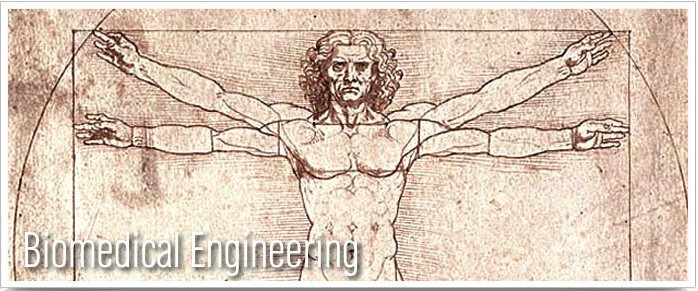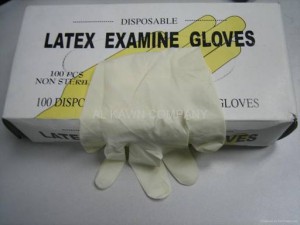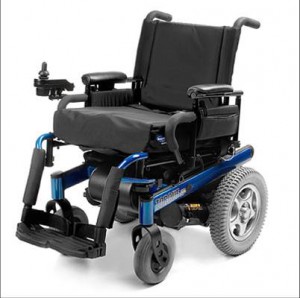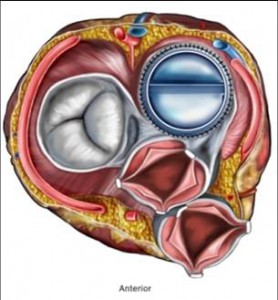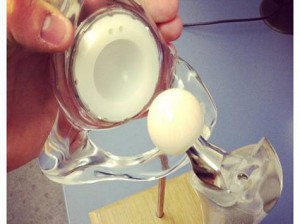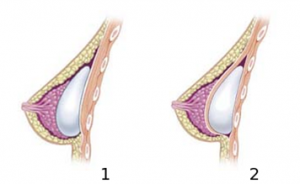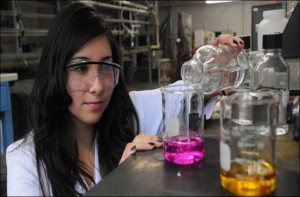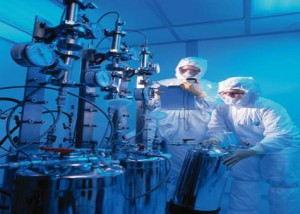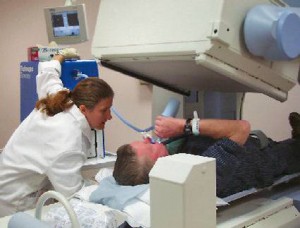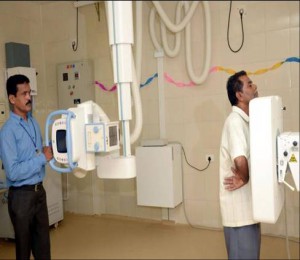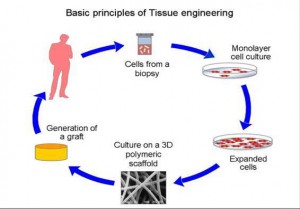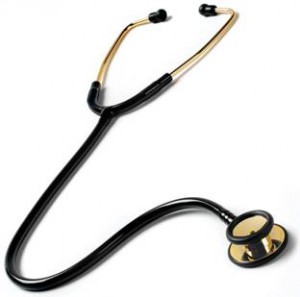- A medical device is an instrument, apparatus, implant, in vitro reagent, or related article that is used to diagnose, prevent, or treat disease or other conditions, and does not achieve its purposes through chemical action within or on the body (which would make it a drug). Whereas medicinal products (also called pharmaceuticals) achieve their principal action by pharmacological, metabolic or immunological means, medical devices act by other means like physical, mechanical, or thermal means.
Subdisciplines cont.
- Pharmaceutical Engineering is a branch of pharmaceutical science and technology that involves development and manufacturing of products, processes, and components in the pharmaceuticals industry (i.e. drugs & biologics).
- Clinical Engineering is the application of engineering and technology to analyze and provide solutions for the clinical needs of patients. This is a diverse profession covering many areas of health care and clinical engineers often specialize in one aspect of the field.
Subdisciplines within Biomedical Engineering
- Tissue engineering frequently involves stem cells, a kind of premature cell first isolated from the body in 1992; implanting stem cells in the appropriate location can generate everything from bone to tendon to cartilage.
- Genetic engineering refers to a set of technologies that are being used to change the genetic makeup of cells and move genes across species boundaries to produce novel organisms. The techniques involve highly sophisticated manipulations of genetic material and other biologically important chemicals.
-
Neural Engineering is an emerging interdisciplinary research area that brings to bear neuroscience and engineering methods to analyze neurological function as well as to design solutions to problems associated with neurological limitations and dysfunction.
A brief history of Biomedical Engineering
- Biomedical engineering has only recently emerge as its own discipline, compared to many other engineering fields.
- The practice goes back many centuries. The oldest known record is from a mummy that was discovered in Thebes. The preserved body had the first known instance of prosthesis in the form of a wooden toe that was attached to the foot using a string.
- The stethoscope is one of the most popular medical tools used today, invented by a French doctor nearly 200 year ago. He felt uncomfortable leaning up to a woman’s chest to hear her heartbeat. His solution was to use a rolled up newspaper to amplify the sound of her heartbeat, thus creating the first stethoscope.
Welcome!
This site provides a brief history of the biomedical engineering field and the various subdisciplines of this field.The main aim of BME is to bridge the gap between medicine and engineering.
